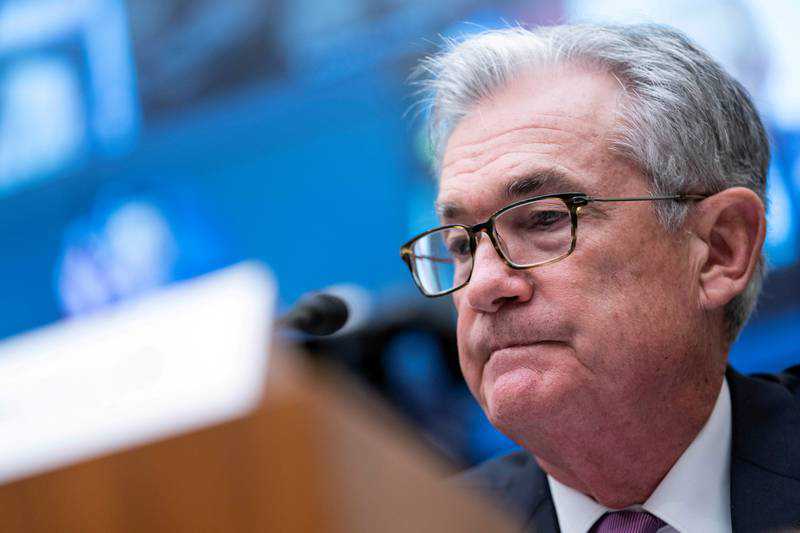US Fed to begin tapering process in November

The US Federal Reserve will begin winding down its monthly asset purchases later this month at a pace of $15 billion per month, starting the withdrawal of last year’s emergency pandemic support, while expressing less certainty that the jump in inflation will prove temporary.
"It remains the case that the drivers of higher inflation have been predominantly connected to the dislocations caused by the pandemic," Fed Chairman Jerome Powell said.
After reductions in November and December, “the committee judges that similar reductions in the pace of net asset purchases will likely be appropriate each month, but it is prepared to adjust the pace of purchases if warranted by changes in the economic outlook”, the US central bank’s policy-setting Federal Open Market Committee said on Wednesday following a two-day meeting.
The Fed said it would reduce Treasury purchases by $10bn and mortgage-backed securities by $5bn, marking the beginning of the end of the programme aimed at shielding the economy from Covid-19.
The committee decided to maintain the target range for its benchmark policy rate at zero to 0.25 per cent. The decision was unanimous.
The dollar declined, 10-year yields pared earlier gains and the S&P 500 reversed losses.
Central banks in developed economies globally are shifting their attention to the risk of inflation as supply-chain logjams spur shortages amid strong demand.
The Fed’s preferred inflation measure was 4.4 per cent in the 12 months ending September, the highest in three decades and more than double the central bank’s target.
Consumers’ expectations for prices climbed to 4.2 per cent in the same month, the highest in records going back to 2013.
“Inflation is elevated, largely reflecting factors that are expected to be transitory,” officials said in the committee's statement.
“Supply and demand imbalances related to the pandemic and the reopening of the economy have contributed to sizeable price increases in some sectors.”
Mr Powell said the Fed can be patient in its approach to tackling inflation, as shortage and supply bottlenecks are expected to persist into next year.
“If a response is called for, we will not hesitate,” he added.
Investors widely expected the announcement on asset purchases at this meeting as officials including Mr Powell had signalled the move.
Mr Powell’s term expires in February, and US President Joe Biden said on Tuesday he would announce his choice for chair and other openings “fairly quickly".
The pace of the taper clears the way for a possible interest-rate increase in the second half of 2022, with nine of 18 officials forecasting a move next year in their September outlook.
Wednesday’s statement reiterated that rates will be held near zero until the economy achieves maximum employment.
Several measures of the labour market remain weaker than pre-pandemic levels, and policymakers are likely to intensify their debate over whether the period before Covid-19 hit offers the best benchmark for a workplace that has undergone tremendous change over the past two years.
Yields on 10-year US Treasuries have declined over the past two weeks while rates on two-year notes have risen as traders price in expectations of a more aggressive, anti-inflationary tilt to Fed policy.
Central bank officials have worked hard to distinguish tapering asset purchases from tightening, with Mr Powell saying on October 22 that raising interest rates would be “premature” given slack in the labour market.
Previous Story
- End of the line for Gundam Cafe as...
- UK retail sales drop for fifth month in...
- Saudi Arabia's measures contained pandemic impact on banking...
- For Bangladesh's climate migrants, pandemic job cuts fuel...
- US sends more than 8 mln Covid vaccines...
- Gatehouse Bank: Islamic lender revolutionising the UK's rental...
- Covid-19 impacts Quiz full year sales, posts 66...
- Iceland Votes, With Its Dependence on Tourism Exposed